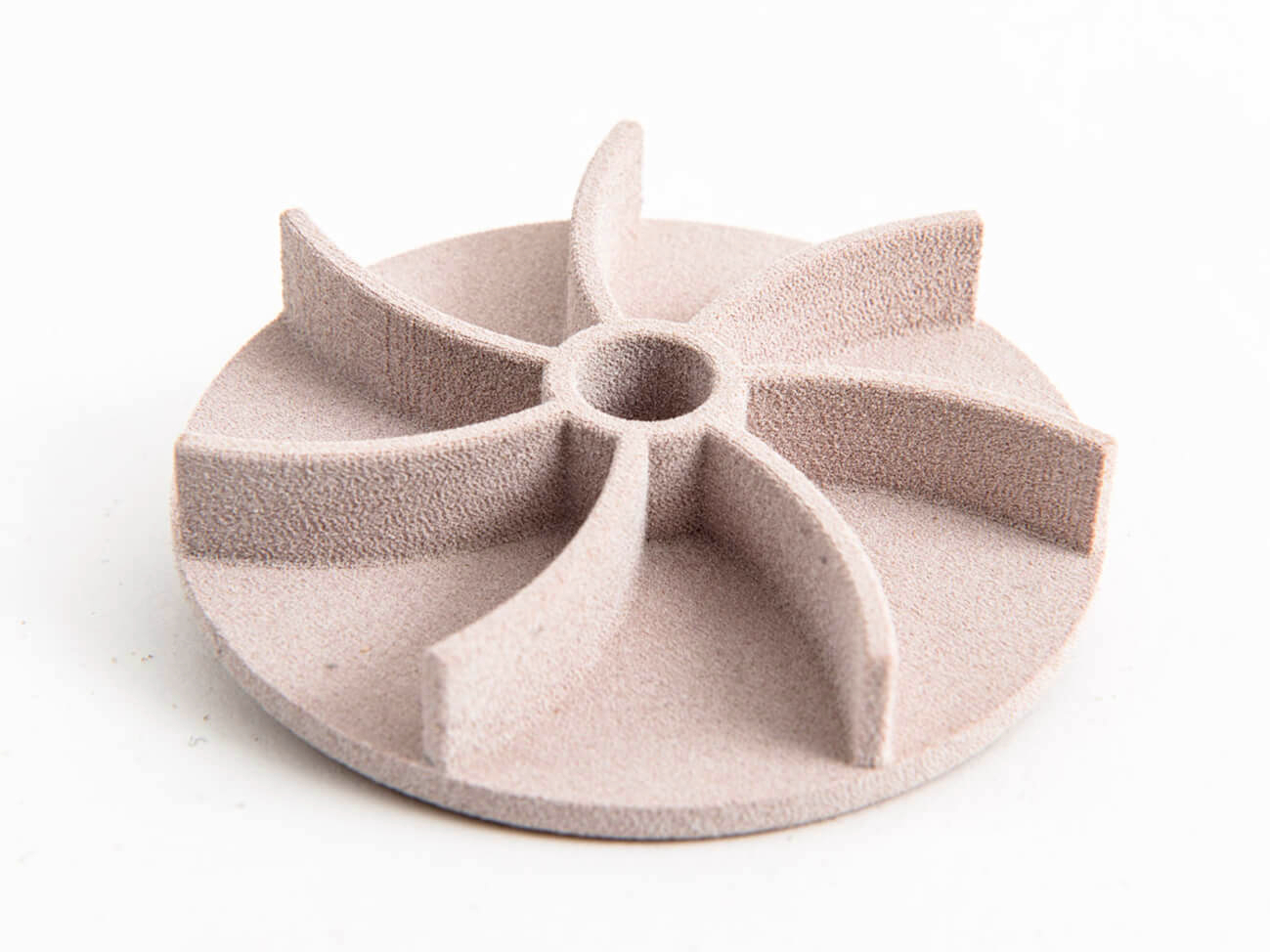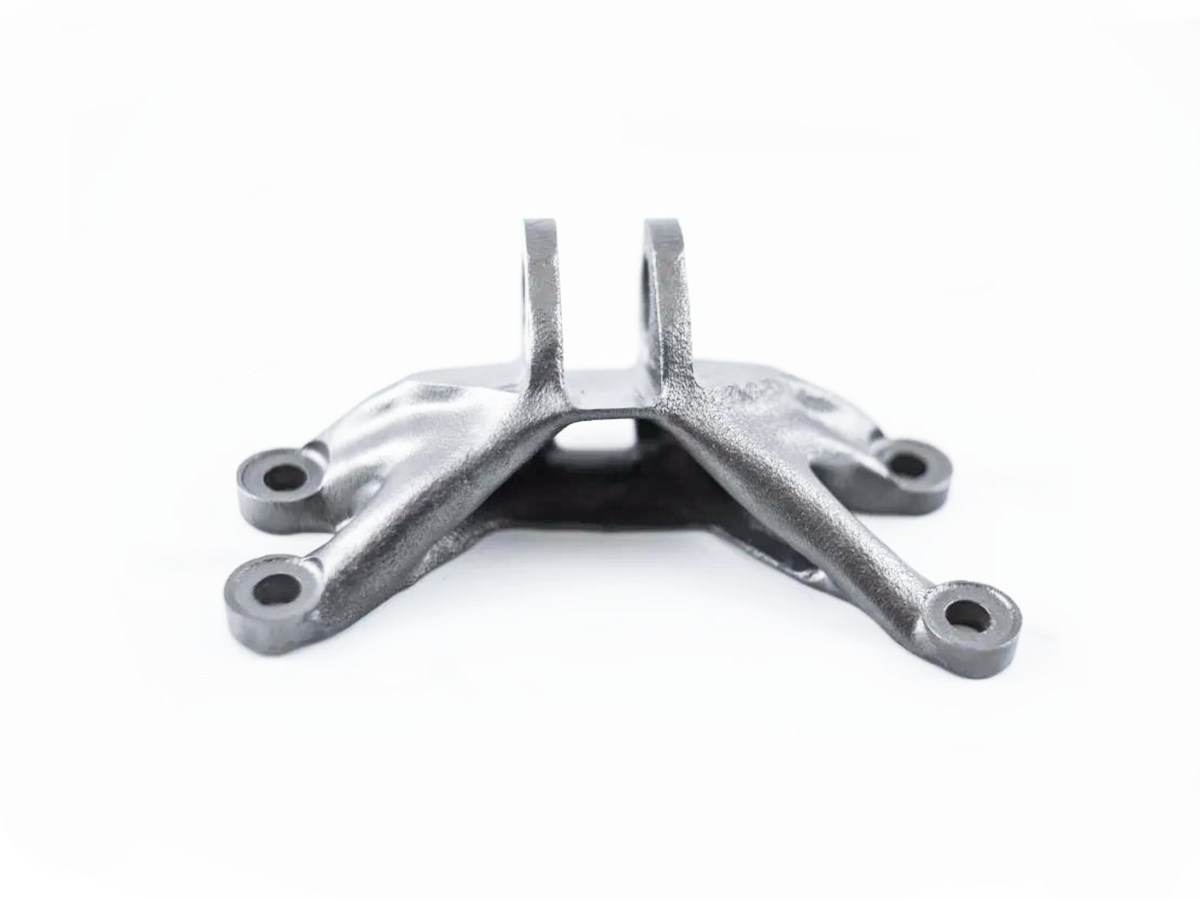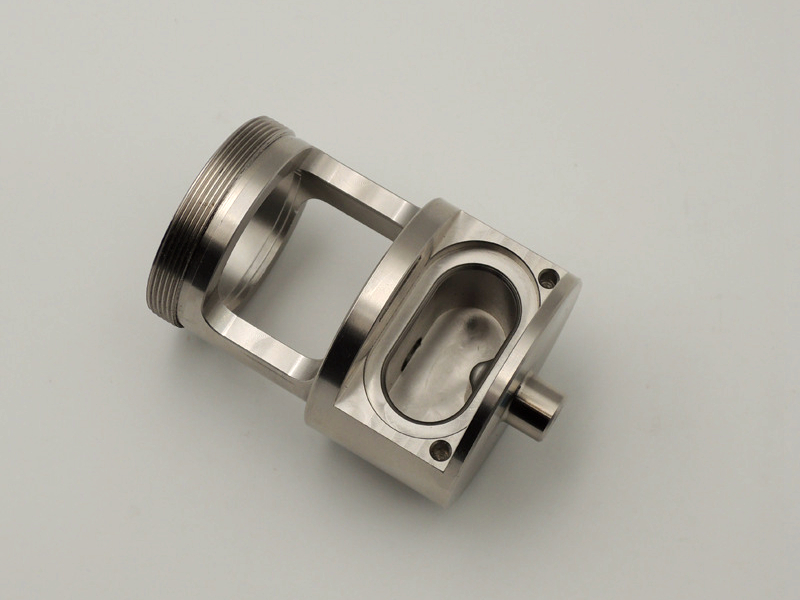What strength levels do 316L and 7075 typically reach after 3D printing?
From a manufacturing and engineering perspective, the strength levels of 316L stainless steel and 7075 aluminum after 3D printing are a direct result of the unique microstructures formed by processes like Direct Metal Laser Sintering (DMLS). It is crucial to understand that "as-printed" properties differ significantly from their wrought counterparts and are highly dependent on the specific printing parameters and subsequent post-processing.
316L Stainless Steel DMLS Properties
DMLS-produced 316L typically exhibits higher strength but slightly lower ductility than its annealed wrought form due to the extremely fine, cellular microstructure and residual stresses from rapid solidification.
As-Printed (DMLS) Typical Mechanical Properties:
Ultimate Tensile Strength (UTS): 500 - 700 MPa
Yield Strength (0.2% Offset): 400 - 550 MPa
Elongation at Break: 30 - 50%
Comparison with Wrought 316L (Annealed):
UTS: ~485 MPa
Yield Strength: ~170 MPa
Elongation: ~40%
Key Takeaway: The as-printed DMLS 316L has a significantly higher yield strength (often more than double) while maintaining excellent ductility and corrosion resistance. This makes it suitable for demanding applications in the medical device and aerospace and aviation industries.
Effect of Heat Treatment: Stress relief annealing reduces internal stresses with a minor decrease in strength. Solution annealing (full anneal) will recrystallize the microstructure, bringing the properties closer to wrought annealed values, significantly reducing yield strength but restoring maximum ductility.
7075 Aluminum Alloy DMLS Properties
The situation for 7075 aluminum is more complex and represents a significant challenge for laser-based powder bed fusion. 7075 is a high-strength, precipitation-hardenable alloy (Zn as the primary alloying element) that is highly susceptible to hot cracking and solidification cracking during the rapid cooling in DMLS.
As-Printed (DMLS) Typical Mechanical Properties (if crack-free processing is achieved):
Ultimate Tensile Strength (UTS): 200 - 350 MPa
Yield Strength (0.2% Offset): 100 - 250 MPa
Elongation at Break: 1 - 5%
Comparison with Wrought 7075-T6:
UTS: ~570 MPa
Yield Strength: ~500 MPa
Elongation: ~10%
Key Takeaway: Standard 7075 in the as-printed DMLS state has drastically lower strength and ductility compared to wrought T6 material. The process often yields a brittle part with low density due to microcracking.
Specialized Approaches & Alternatives:
Nanoparticle Functionalization: Research and specialized processes involve coating 7075 powder with nanoparticles (e.g., Zr or TiB2) to nucleate a fine-grained microstructure and suppress cracking, potentially achieving strengths closer to 500 MPa UTS after aging.
Alternative Aluminum Alloys for DMLS: For these reasons, the industry standard for high-strength DMLS aluminum is AlSi10Mg or Scalmalloy®.
AlSi10Mg (as-built + aged): UTS ~400 MPa, YS ~250 MPa. It offers a good combination of strength, lightness, and printability.
Scalmalloy® (a proprietary Al-Mg-Sc alloy): UTS ~520 MPa, YS ~480 MPa, Elongation ~10%. This is currently the highest-strength aluminum alloy readily available for DMLS, designed specifically for additive manufacturing.
Summary and Engineering Implications
Material & Condition | Ultimate Tensile Strength (MPa) | Yield Strength (MPa) | Elongation (%) |
|---|---|---|---|
316L (DMLS As-Printed) | 500 - 700 | 400 - 550 | 30 - 50 |
316L (Wrought Annealed) | ~485 | ~170 | ~40 |
7075 (DMLS As-Printed - if achievable) | 200 - 350 | 100 - 250 | 1 - 5 |
7075 (Wrought T6) | ~570 | ~500 | ~10 |
AlSi10Mg (DMLS + Aged) | ~400 | ~250 | ~5 |
Scalmalloy® (DMLS + Aged) | ~520 | ~480 | ~10 |
Engineering Guidance:
For High-Strength Stainless Applications: DMLS 316L is an excellent choice, offering superior yield strength to wrought material. It benefits from passivation for optimal corrosion resistance.
For High-Strength Aluminum Applications: Avoid standard 7075 for DMLS. Instead, specify AlSi10Mg for good all-around performance or Scalmalloy® for the highest possible strength. These parts can be further enhanced with anodizing for surface protection.
Always Validate: Mechanical properties are process-specific. For critical applications, always require material test reports from the manufacturing vendor based on your specific build parameters.



